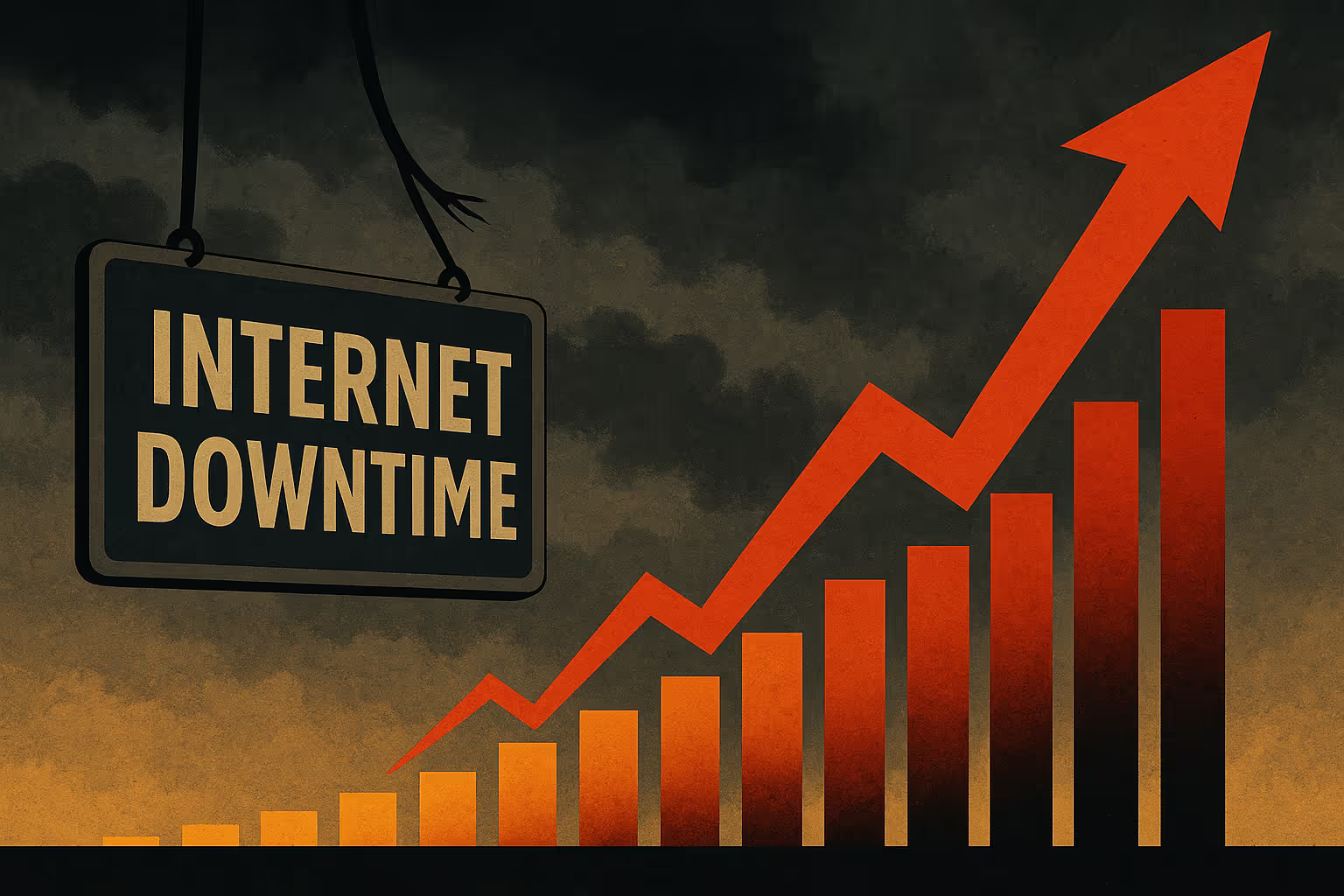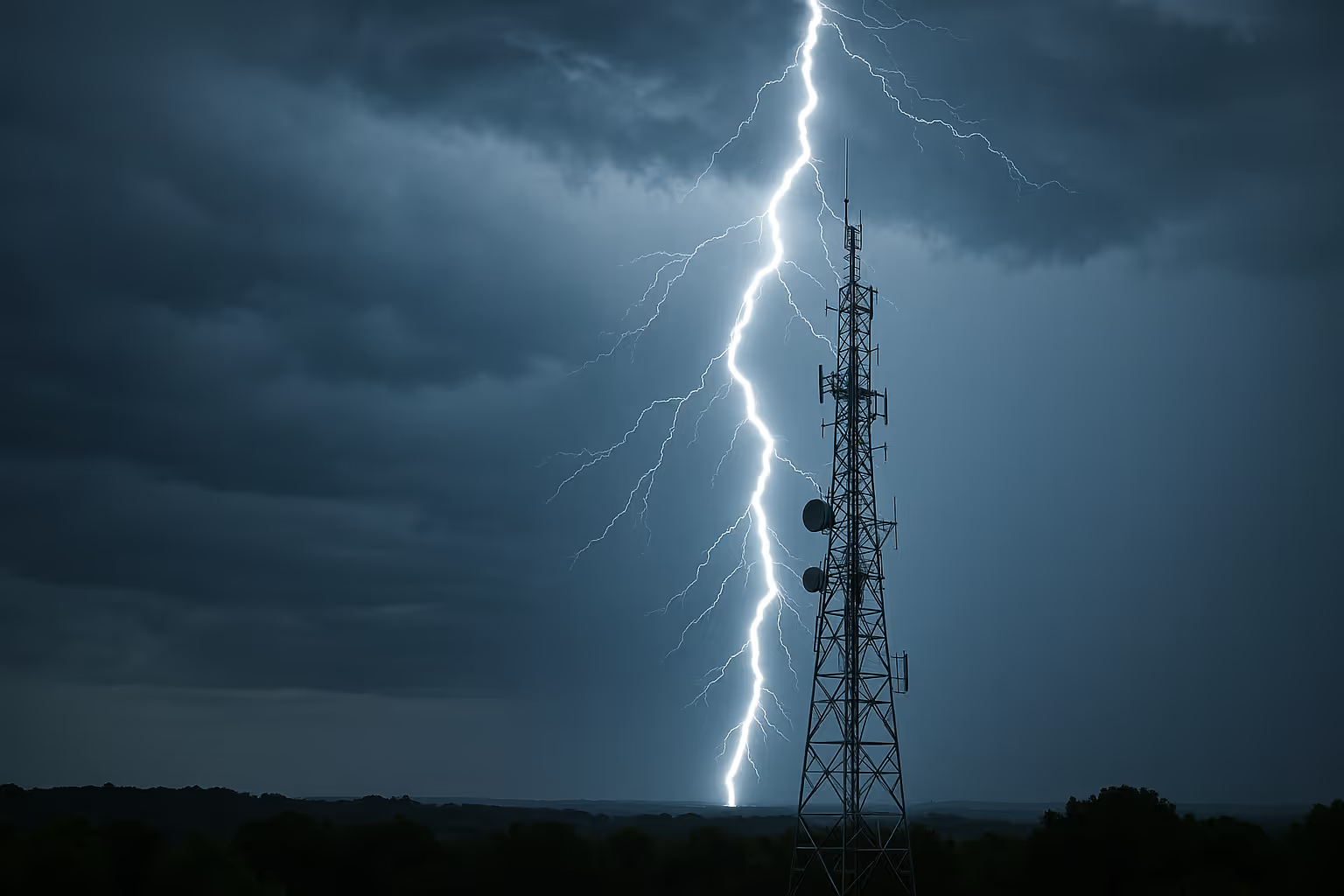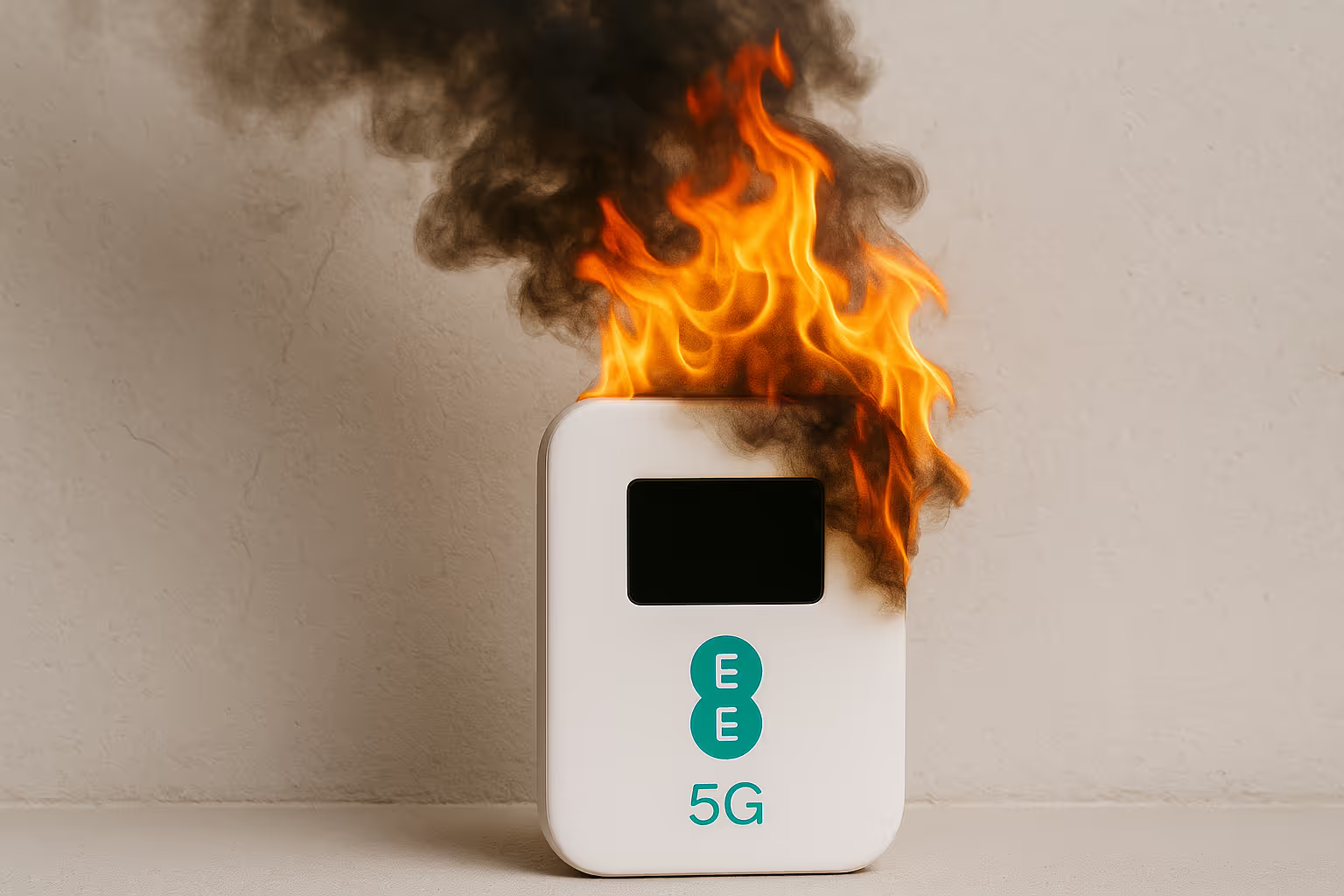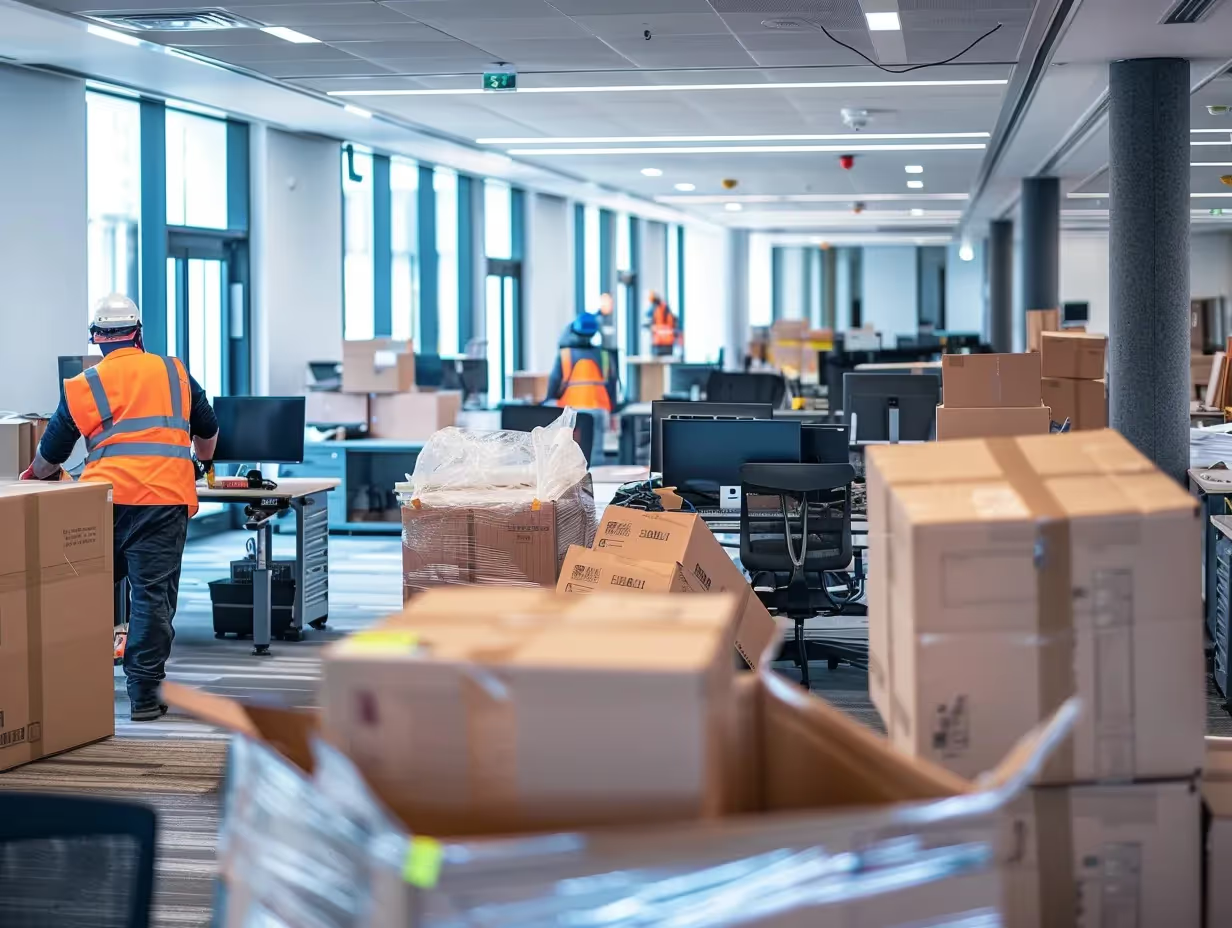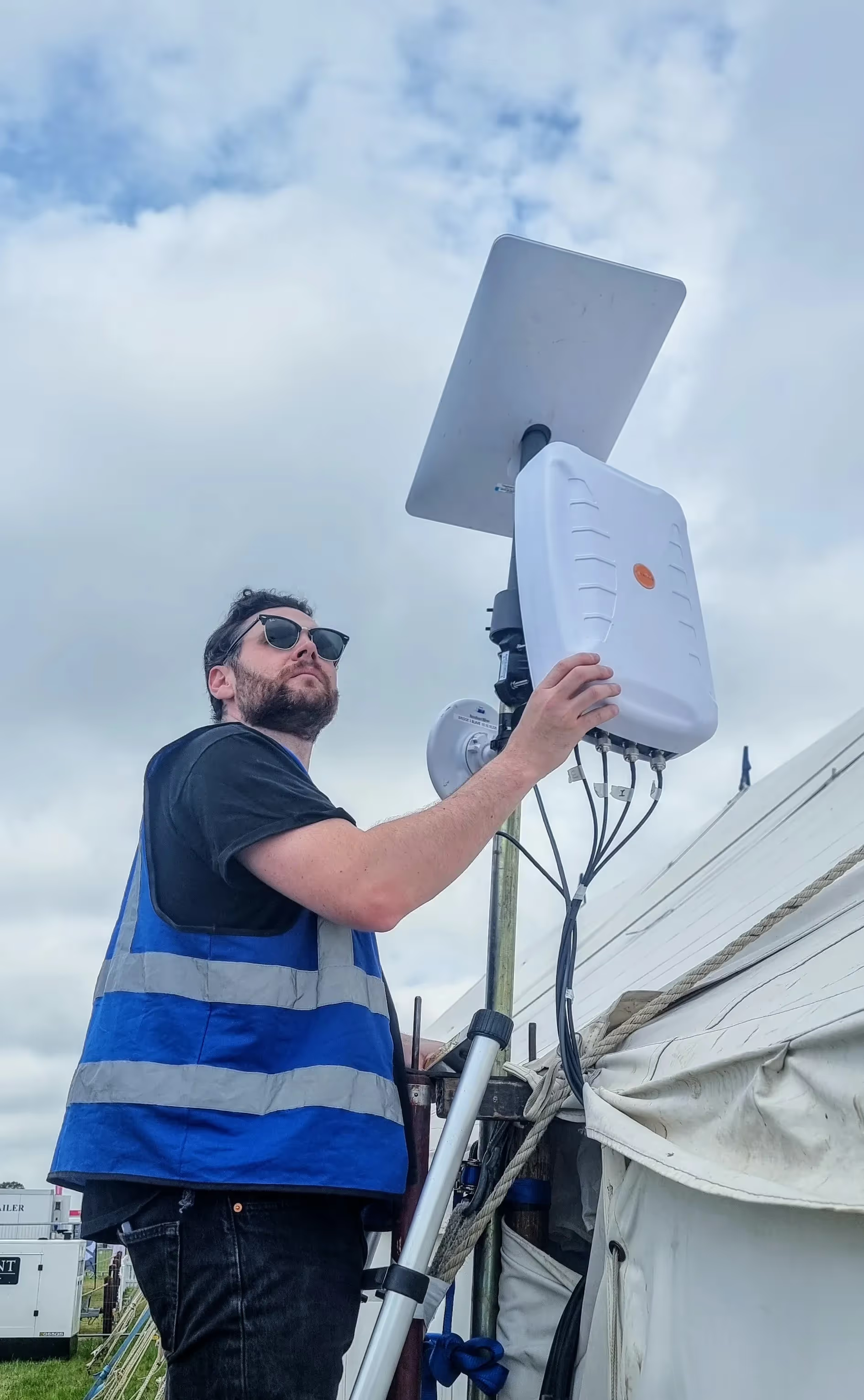Most business leaders think about internet connectivity like electricity – it's just always there, humming quietly in the background. Until it isn't!
When that connection drops, something fundamental changes. The modern business doesn't just slow down – it stops entirely. And new research reveals the financial impact has reached crisis levels that most UK executives haven't fully grasped.
The Staggering Scale of UK Connectivity Losses
According to the most comprehensive study of UK business connectivity costs, conducted by Beaming and Censuswide in 2024, UK businesses are hemorrhaging £3.7 billion annually to internet failures. This represents a staggering 400% increase in reported losses since 2018.
The study, which surveyed 500 UK business leaders, reveals that connectivity downtime has evolved from an occasional inconvenience to a fundamental business risk that's decimating productivity and profitability across every sector.
Breaking Down the Real Numbers
The hourly costs of connectivity failure vary dramatically by sector, but the scale is universally shocking:
Financial Services: £200,000 - £1 million per hour
- Trading platforms offline mean missed opportunities worth millions
- Regulatory reporting deadlines create compliance risks
- Customer transactions fail, damaging trust and market position
E-commerce: £50,000 - £500,000 per hour
- Peak trading periods (Black Friday, Christmas) multiply losses exponentially
- Cart abandonment rates spike during any connectivity hiccup
- Customer acquisition costs become worthless when sales platforms fail
Manufacturing: £18,000 - £5 million per hour
- Production lines halt when connected systems fail
- Supply chain coordination breaks down
- Just-in-time manufacturing becomes just-too-late losses
Average UK SME Business: £65,000 - £83,000 per hour
- Employee productivity vanishes across all departments
- Customer service becomes impossible
- Revenue generation stops while fixed costs continue
The Hidden Multiplier Effects
These direct costs represent only the tip of the iceberg. Research from multiple sources reveals the hidden damage that extends far beyond the initial outage:
Customer Confidence Erosion PwC's research shows that 33% of customers will abandon a brand they love after just one bad experience. In our hyperconnected economy, a connectivity failure doesn't just affect internal operations – it directly impacts customer experience and long-term loyalty.
Productivity Recovery Time UC Irvine's workplace disruption studies demonstrate that it takes an average of 23 minutes for employees to fully refocus after any workplace disruption. When connectivity returns, businesses don't immediately return to full productivity – they face hours of "recovery time" as teams reorient, catch up on missed communications, and restart disrupted processes.
Competitive Disadvantage While your business is dark, competitors continue operating. They're serving your customers, closing deals you can't pursue, and maintaining the market presence you've temporarily lost. In fast-moving markets, even brief outages can result in permanent market share losses.
Reputation Risk Amplification Social media ensures that every service disruption becomes public knowledge within minutes. Customers don't just experience your connectivity failure – they broadcast it to their networks, amplifying reputational damage far beyond the original incident.
Real-World Case Studies: When Connectivity Failures Make Headlines
The theoretical costs become starkly real when examining high-profile connectivity failures:
TSB's 2018 IT Meltdown
- Total cost: £378 million
- Customers affected: 1.9 million
- Duration: Multiple days of intermittent service
- Long-term impact: Massive customer exodus and regulatory scrutiny
RBS Group's 2012 Outage
- Total cost: £56 million
- Customers affected: 6.5 million
- Root cause: Software upgrade failure
- Consequence: Years of regulatory oversight and customer compensation
These aren't isolated incidents – they represent the high-visibility tip of a much larger problem affecting businesses across every sector and size.
The False Security of Traditional Backup Solutions
Here's the uncomfortable truth that most IT departments haven't confronted: most "backup" internet connections aren't really backups at all.
The Infrastructure Sharing Problem
Traditional backup solutions typically involve:
- Primary fibre connection from Provider A
- Secondary fibre connection from Provider B
- Both connections running through the same physical infrastructure
When street works damage fibre cables, both your "primary" and "backup" connections fail simultaneously. When your building's fibre entry point experiences problems, your redundancy evaporates instantly.
This isn't a theoretical problem – it's the reason why 50% of UK businesses still experience significant connectivity outages annually despite having "backup" solutions in place.
The Wayleave Vulnerability
Even when businesses recognize the need for truly diverse connectivity, traditional solutions create new problems:
- 6-12 month deployment times for new fibre installations
- Complex wayleave requirements that depend on landlord cooperation
- Planning permissions that can be denied or delayed indefinitely
- Civil works that may be impossible in historic or restricted buildings
By the time traditional diverse connectivity is installed, businesses have often already experienced the outages they were trying to prevent.
The Case for Genuinely Diverse Connectivity Solutions
Smart businesses are moving beyond traditional thinking to embrace connectivity solutions that operate on completely separate infrastructure:
5G Fixed Wireless Access
- Deployment time: 24-48 hours
- Infrastructure: Completely separate from fibre networks
- Wayleave requirements: None (100% in-tenancy installation)
- Performance: 1Gbps+ with enterprise-grade SLAs
Multi-Carrier Cellular Bonding
- Redundancy: Across all major UK networks (EE, Vodafone, Three, O2)
- Failover: Automatic and seamless
- Coverage: Independent of building infrastructure
- Scalability: Modular bandwidth based on demand
Hybrid Connectivity Solutions
- Primary connection: Traditional fibre for optimal performance
- Backup connection: Cellular/5G on completely separate infrastructure
- Bonding technology: Combines connections for enhanced performance and reliability
- Monitoring: 24/7 proactive management and instant failover
Calculating Your Real Downtime Risk
The Beaming research reveals that the question isn't whether your business will experience connectivity downtime – it's when and how much it will cost.
Quick Risk Assessment Framework
Step 1: Calculate your hourly revenue Annual revenue ÷ 8,760 hours = Hourly revenue baseline
Step 2: Apply the productivity multiplier Most businesses lose 3-4x their hourly revenue during connectivity outages due to:
- Complete work stoppage
- Recovery time after restoration
- Customer impact and potential churn
- Competitive disadvantage during outage
Step 3: Factor in frequency With 50% of UK businesses experiencing significant outages annually, and average outage duration of 4-6 hours, most businesses face 4-6 hours of downtime risk per year.
Step 4: Add hidden costs
- Employee frustration and decreased morale
- Customer service recovery efforts
- Potential regulatory compliance issues
- Emergency IT support and recovery costs
The ROI of Genuine Redundancy
For most businesses, investing in truly diverse connectivity solutions pays for itself after preventing just one significant outage. When you consider that the average UK business faces £65,000-£83,000 per hour in downtime costs, even premium connectivity solutions represent excellent risk management investments.
Moving Beyond Traditional IT Thinking
The 400% increase in reported downtime costs since 2018 reflects a fundamental shift in how businesses operate. We're no longer just "using computers" – we're operating digital-first businesses where connectivity isn't infrastructure, it's the foundation of every business process.
The New Connectivity Paradigm
Modern business continuity requires:
- Assumption of failure: Plan for when, not if, traditional infrastructure fails
- Infrastructure diversity: Genuine redundancy across different technologies and providers
- Rapid deployment capability: Solutions that can be implemented in hours, not months
- Proactive monitoring: 24/7 oversight that identifies problems before they impact operations
The Cost of Inaction
At £3.7 billion in annual losses, UK businesses can no longer afford to treat connectivity as an afterthought. The data is clear: traditional approaches to business internet are failing, and the financial consequences are accelerating.
The businesses that thrive in the next decade will be those that recognize connectivity as a strategic competitive advantage, not just a utility service. They'll invest in genuinely diverse solutions, plan for rapid deployment capabilities, and treat connectivity resilience as fundamental business infrastructure.
The question isn't whether you can afford to invest in proper connectivity redundancy – it's whether you can afford not to.
About Digital Avenue
Digital Avenue specialise in enterprise-grade 5G Fixed Wireless Access and rapid-deployment connectivity solutions. We've deployed connectivity solutions for over 400 businesses across London, including Netflix, FCA, and London Councils, delivering enterprise-grade internet in under 24 hours with zero wayleave requirements.
Need to assess your connectivity risk? Book a free consultation to review your current infrastructure and explore genuinely diverse connectivity solutions.
Emergency connectivity required? Call us on 0203 397 7999 – we answer 24/7 and can deploy solutions within hours, not months.

